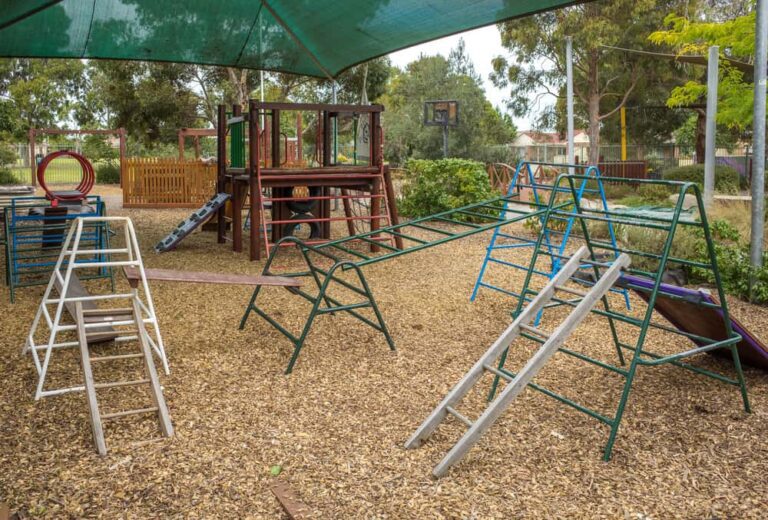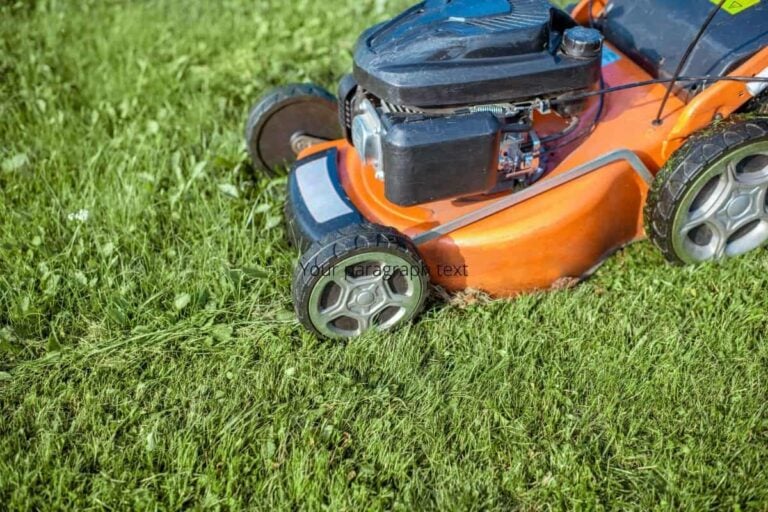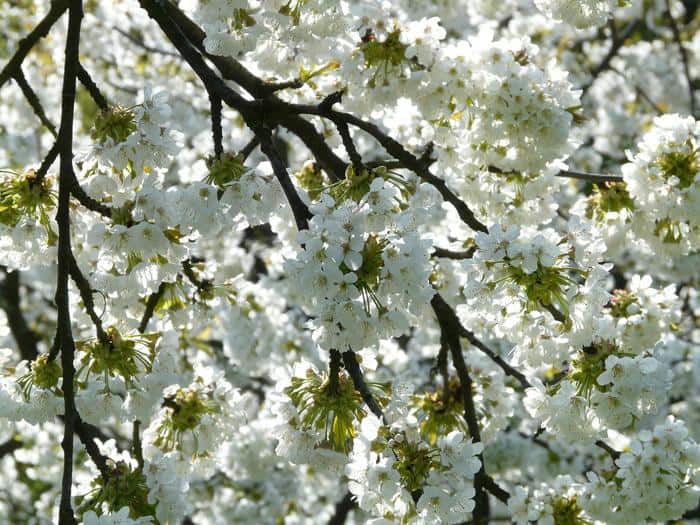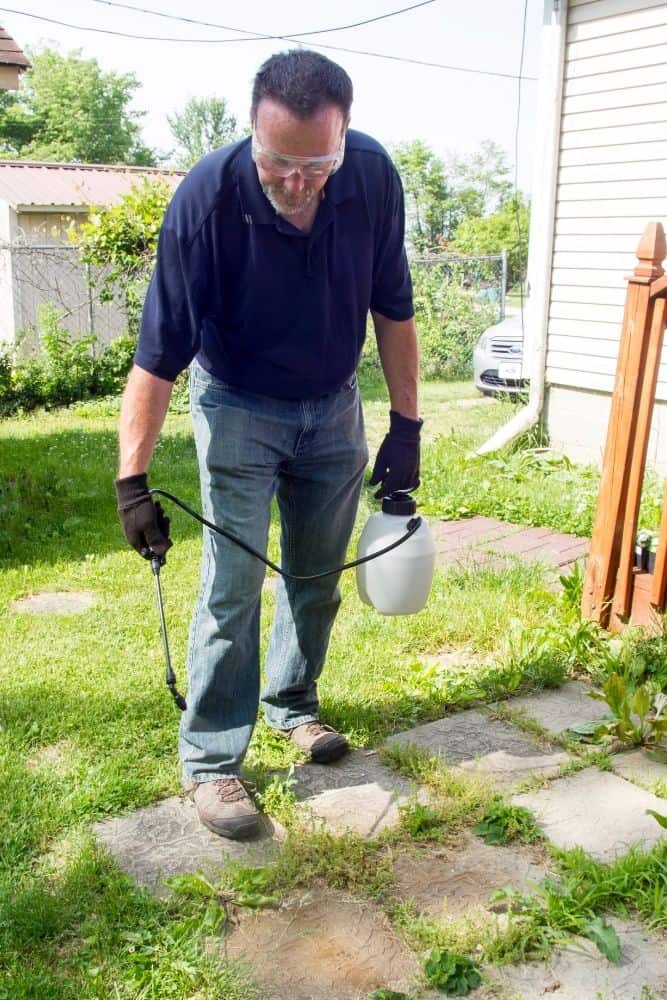The Best Grass Seed for NC Gardens
The best grass seed for NC is (in our humble opinion) Pennington Smart Seed Tall Fescue Grass Seed Blend. Since North Carolina has three regions with different soils and weather patterns, not all varieties will thrive in the three regions. However, this tall fescue blend has a hybrid mix of tall fescue seeds that are more resistant to heat and drought than common tall fescue seeds, making it a good choice for all three regions. Check out our list below for other great options for NC grasses.
Our Top 5 Recommendations for Best Grass Seed for North Carolina
[wptb id="8280" not found ]North Carolina Regions
It’s important to understand the regions of North Carolina, since some grasses grow better in one region than they do the others.
North Carolina has three regions. The state is unique in that its regions all have different climates and soil properties. The regions include the Mountains, the Piedmont, and the Coastal Plains.
The Mountains region has cooler weather than the others, so a cool-season grass does best in this region. The Coastal Plains region is best for warm-season grasses that can tolerate salty air. The Piedmont region’s climate is a mix of the two, so some warm-season and cool-season grasses can grow here.
What Types of Grasses Grow Best in North Carolina?
The best grass seed for NC highly depends on the region you’re growing in. This will determine whether you need a cool-season or warm-season grass.
However, there are a few grasses that can work well in more than one region, and may actually give you the best chance at germination since they’re more easy-going than other grasses.
Common Varieties of Grass to Plant in North Carolina
The best varieties of grass to plant in North Carolina are those that can be planted in two different regions. Especially if you live in an area very close to the boundaries of another region and have more unpredictable weather, a grass that fares well in both regions may give you a better result.
According to Southern States, the following grass varieties are ones that can grow in more than one region of North Carolina, as they can withstand both warm and cool conditions, if necessary:
- Kentucky bluegrass is a cool-season variety that does well in both the Mountains and Piedmont regions of North Carolina. This type of grass is low-growing and tough, making it a good choice for high-traffic areas. It also can grow fairly well in shady areas, and can withstand mild heat.
- Tall Fescue can also grow in all three regions. This variety has a high tolerance for cold weather and drought, and has a higher tolerance for heat than Kentucky bluegrass. It’s, perhaps, the most versatile variety for North Carolina residents to grow.
- Bermuda grass is known for its tough blades that stand up to wear and tear, while still being low-maintenance, requiring little water, and easily-adaptable to its surroundings. This is a good variety for those in the Piedmont or Coastal Plains regions. This variety won’t grow well in shade, but does great in heat, drought, and high-traffic areas.
How to Choose the Best Variety for Your Lawn
Choosing the best type of grass to grow in your North Carolina lawn not only depends on your region, but also your desire for maintenance, budget, and the foot traffic your lawn receives.
North Carolina State University provides a handy chart that can help you understand the advantages and disadvantages of the different varieties.
For example, if you want a low-maintenance grass that requires little watering and mowing, Centipede grass is a good choice for you if you live in the Coastal Plains or Piedmont regions. Or, if you live in the Piedmont or Mountains regions and need a lawn that grows fast, but stands up to heavy traffic, Kentucky bluegrass is perfect.
Growing Beautiful Lawns in North Carolina
If you live in the Coastal Plains of North Carolina, you likely have sandy soil. The Mountains usually have clay soil. This makes it tricky when learning how best to prepare your yard for growing grass in North Carolina. You have to understand your region and the type of soil you have.
Fortunately, there are a few general points to remember when preparing your site for new grass seeds (source):
- If your area drains poorly, consider having a draining system professionally installed. If your lawn pools water, many types of grasses will become susceptible to disease from harbored bacteria.
- Remove rocks and debris from the area. You don’t want anything standing in the way of your grass rooting and spreading to create a full, lush lawn.
- For compacted soil, use a tiller to break it up and aerate it. This will help your grass seeds root, get water and nutrients, and spread.
- Use a rake to even out the area after you till. Your seeds will then be more evenly distributed and grow at even heights.
- Test the pH of your soil before you plant your seed. You can then determine if you need to amend the soil as per the requirements of your chosen grass variety.
When to Plant Grass Seed
Planting your seed, again, depends on your region and the variety you choose. Cool-season grasses, for example, which are usually grown in the Mountains region, are best planted in late summer or early fall.
Warm-season grasses that thrive in the Coastal Plans can be planted throughout the spring and into early summer. If you live in the Piedmont region, eHow suggests planting both a warm-season and a cool-season seed mix, starting in spring and overseeding in the fall, for a beautiful, year-round lawn.
If you’re new to the process of overseeding, check out this demonstration by Stanley Genadek, who uses pepper to demonstrate how to overseed your already-established lawn:
Caring for Your Lawn
Check the specific requirements for your variety against your normal weather patterns. Some varieties require more water than others, for example. If you live in an area with little rainfall, be prepared to give these varieties deep waterings one or two times per week.
Also check fertilization requirements and mowing suggestions. Over fertilizing and mowing can quickly kill off a beautiful lawn.
Our Recommendation: Pennington Smart Seed Tall Fescue Grass Seed Blend
For beautiful North Carolina lawns, we suggest Pennington Smart Seed Tall Fescue Grass Seed Blend. Tall Fescue can adapt to a wide range of weather and soil conditions, making it the perfect, versatile choice for North Carolina residents.
Technically, tall fescue grows best in Piedmont and Mountains regions, since it tolerates some heat and doesn’t need much water. However, this particular blend is a hybrid mix of tall fescue seeds that are more tolerant to heat than common tall fescue, making it a good choice for those in the Coastal Plains as well.
To care for your tall fescue lawn, keep your soil moistened about 4 to 6 inches down. An occasional deep watering is important for this variety, rather than watering frequently. You’ll need to fertilize it once in the spring, and twice again in the fall, a month or two apart.
If your area has particularly hot summers, you can allow your lawn to go dormant through the hottest part of the summer. It may begin to turn brown and will stop growing, but continue to water occasionally, about every two to three weeks (source).




